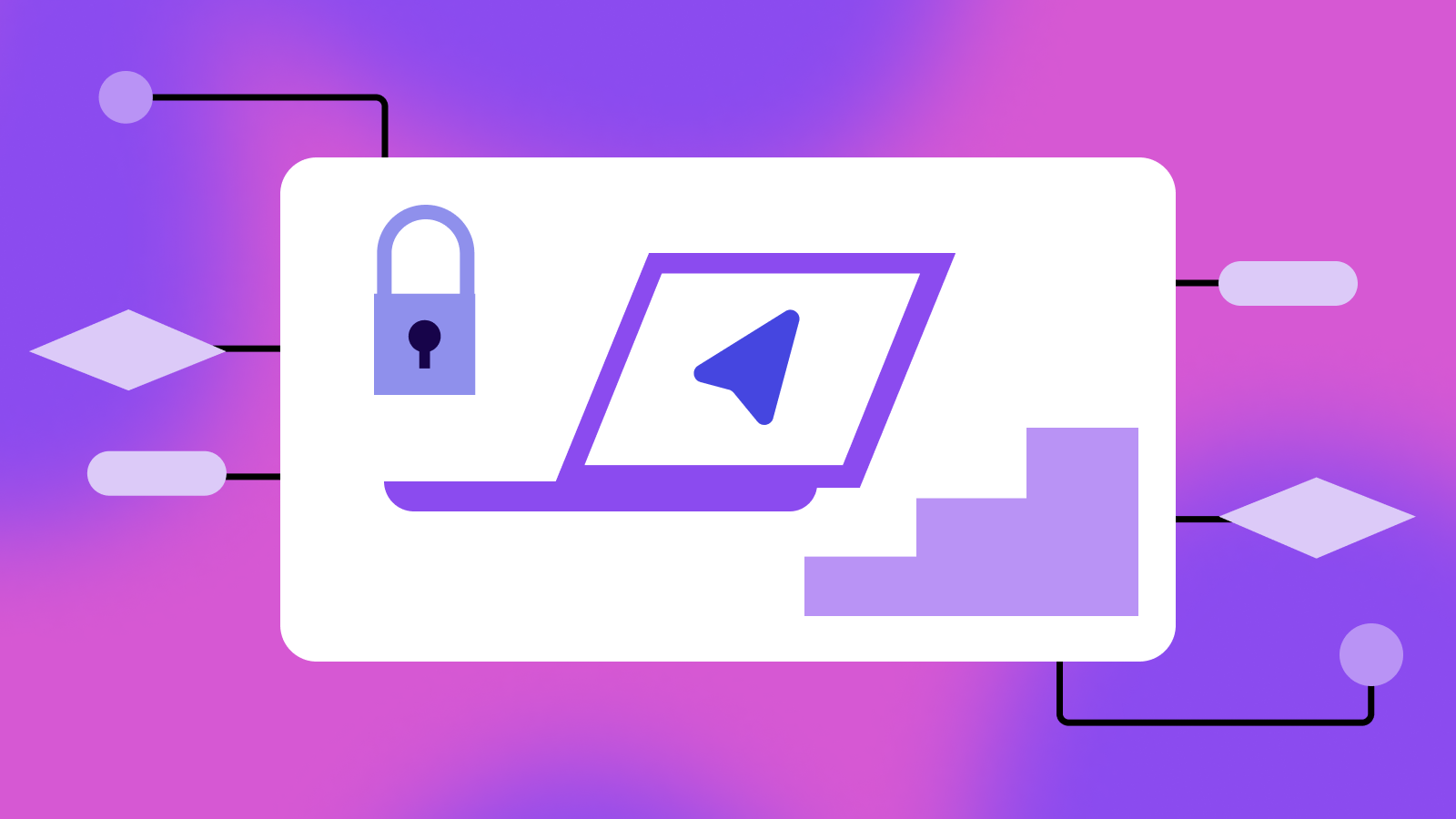Every company wants to support its employees as best it can. But when it comes to planning and implementing the right support for digital tools, too many organizations are stuck in the traditional way of doing things—we at Pendo like to call this the “guess and check” method.
This is when business operations, digital transformation, or people teams start with an observation—for example, a spike in support tickets around an important work process—and conduct research into why this is happening using live focus groups and email surveys. They then brainstorm solutions for the problem, and assess each idea’s required effort and projected impact before choosing one to move forward with.
Once they’ve produced the solution—whether it’s an updated walkthrough, new training video, or a help document sent via email—the team deploys it and then waits a few weeks to measure its effectiveness. Finally, they analyze whether (and to what extent) the intervention moved the needle.
From “guess and check” to “test and learn”
This method may sound well and good, but it has two major flaws. First, it’s slow. It can be months between the team’s first observation and when they examine the results of their intervention, perhaps only to see that it failed. And second, it’s too limited in scope. By only testing one intervention over such a long period, teams lose out on an opportunity to use their time more effectively.
Instead, organizations should adopt a “test and learn” method for increasing digital adoption, which is the process by which users learn to leverage technology to its fullest potential. In this case, teams can test several ideas quickly, get meaningful insights, and iterate to make employees’ digital experiences better, faster.
There are three key elements of successfully leveraging this test-and-learn approach to optimizing internal software—let’s go over each of them in more detail.
1. Analytics
The digital workplace has changed the ways organizations gauge employee behavior. Gone are the days when leaders could “manage by walking around” an office to see what employees were working on, answer questions, and work through issues together.
Today, leaders need to understand how employees are engaging with the digital tools they rely on to do their jobs every day. This way, they can see who is doing what, when, and provide guidance and support when employees need it—often from thousands of miles and several time zones away. This data also helps organizations discern what needs to change, and how.
The best way to collect this usage data is with product analytics, which is often included in a digital adoption solution. Ideally, your digital adoption platform will also provide cross-app analytics so you can understand how work processes happen across multiple applications.
2. In-app communication
After examining software usage data, teams might identify a feature with lower-than-optimal usage or a key workflow that the majority of employees aren’t completing. At this point, they need a way to steer internal users to and through the right behaviors in the application.
Historically, business operations, transformation, and people teams turned to traditional training methods like one-off sessions or lengthy documentation that walk employees through a process or tool. But what if, rather than toggling between the workflow and a training recording or text manual, employees had access to support and training within the software itself, in the exact moment they needed it?
With in-app communication, teams can build customizable, targeted in-app and cross-app notifications and walkthroughs that accompany employees as they use software to get work done. This way, they provide timely, contextual, and relevant guidance to the employees who need it—and leave those who don’t alone.
3. Employee feedback
In addition to understanding how employees use software and using in-app messages to guide them to success, it’s important to make employees part of the process by actively soliciting their feedback.
Those who use a given app on a regular basis will invariably have opinions and ways of working that you didn’t account for. In fact, having insight into internal users’ point of view can make all the difference in successful digital adoption.
For example, if you’re looking for feedback about a particular workflow or feature that’s only relevant to a certain group (like managers), you can use segmentation based on metadata or behavior to target in-app feedback prompts to those employees specifically. It’s also good to have a place in the product where employees can submit feedback at any time, so they don’t feel limited to only providing feedback when prompted.
Want to learn more digital adoption strategies and best practices? Take Pendo and Mind the Product’s free Digital Adoption Certification Course.

